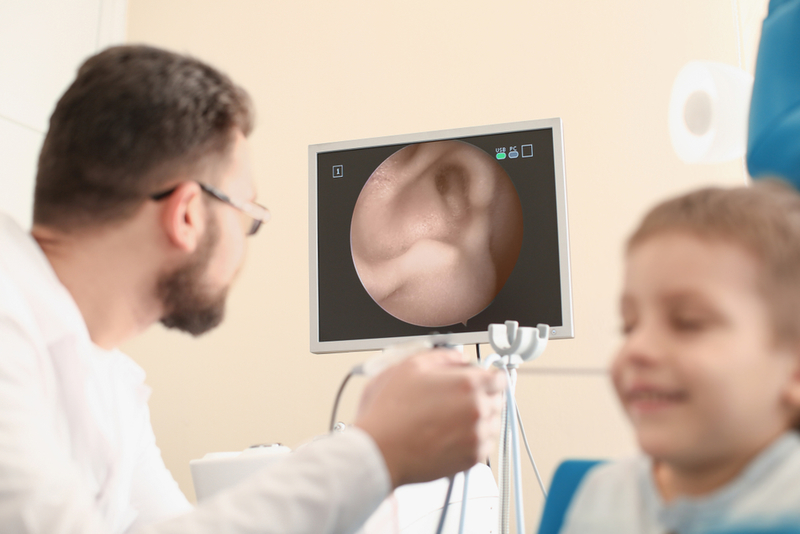Sodium thiosulfate protects hearing after cisplatin treatment
M3 Global Newsdesk Aug 06, 2018
Delayed administration of sodium thiosulfate after cisplatin chemotherapy halves the risk of high-grade cisplatin-related hearing loss without adversely affecting outcomes in children with hepatoblastoma, reports an international team of researchers in The New England Journal of Medicine.

In a study of children between 1 month and 18 years of age, hearing loss of grade 1 or higher occurred in 33% of children randomized to cisplatin and sodium thiosulfate, compared with 63% randomized to cisplatin alone. Administration of sodium thiosulfate was associated with a trend toward reduced ototoxicity in all the Brock grades, noted the researchers, led by Penelope R. Brock, MD, PhD, from Great Ormond Street Hospital, London, and colleagues.
The combination of cisplatin and surgery is standard of care for the treatment of children with standard-risk hepatoblastoma. Although long-term survival is improved with cisplatin treatment, more than 60% of children treated with cisplatin have permanent hearing loss of Brock grade 1 or higher. Therefore, the authors sought to determine whether an otoprotectant could reduce the risk of hearing loss caused by cisplatin.
Researchers randomized 113 children with standard-risk hepatoblastoma. One group received cisplatin 80 mg/m2 over a period of 6 hours. The other group received the same dose of cisplatin plus sodium thiosulfate 20 g/m2 administered intravenously over a 15-minute period, 6 hours after discontinuation of cisplatin. The groups underwent four preoperative and two postoperative courses at 14-day intervals.
Radical surgery was attempted after four courses or postponed until the end of treatment if the tumor was considered to be unresectable. The intent-to-treat population included 109 patients, of whom 101 had hearing assessments.
At a median of 3 years, hearing loss occurred in 18 of 55 evaluable children (33%) in the cisplatin-sodium thiosulfate group compared with 29 of 46 (63%) in the cisplatin-alone group (P=0.002). The relative risk of any hearing loss with cisplatin-sodium thiosulfate treatment was 0.52 (95% CI: 0.33-0.81), corresponding to a 48% lower risk with cisplatin-sodium thiosulfate than with cisplatin alone.
A total of 67 children in the cisplatin-sodium thiosulfate arm achieved a Brock grade of 0, indicating hearing. At a median follow-up of 52 months, the 3-year rate of overall survival was 98% among children in the cisplatin-sodium thiosulfate arm and 92% among those in the cisplatin-alone arm. The 3-year rates of event-free survival were 82% and 79%, respectively.
A total of 68 serious adverse events, including 16 serious adverse reactions, were reported. One unexpected serious adverse reaction involved the development of metabolic acidosis during the third infusion of sodium thiosulfate. The child recovered rapidly with fluid resuscitation after stopping sodium thiosulfate. The child received no additional sodium thiosulfate infusions after that point.
The investigators wrote-
The otoprotective dose of sodium thiosulfate was associated with a high sodium load, which is a factor to consider in planning treatment. Sodium thiosulfate was emetogenic despite the use of prophylactic antiemetic agents, with nausea and vomiting being common adverse events.
The high serum sodium level with sodium thiosulfate did not lead to discontinuation of sodium thiosulfate treatment in any of the children.
To read more about this study, click here.
This story is contributed by Wayne Kuznar and is a part of our Global Content Initiative, where we feature selected stories from our Global network which we believe would be most useful and informative to our doctor members.
-
Exclusive Write-ups & Webinars by KOLs
-
Daily Quiz by specialty
-
Paid Market Research Surveys
-
Case discussions, News & Journals' summaries